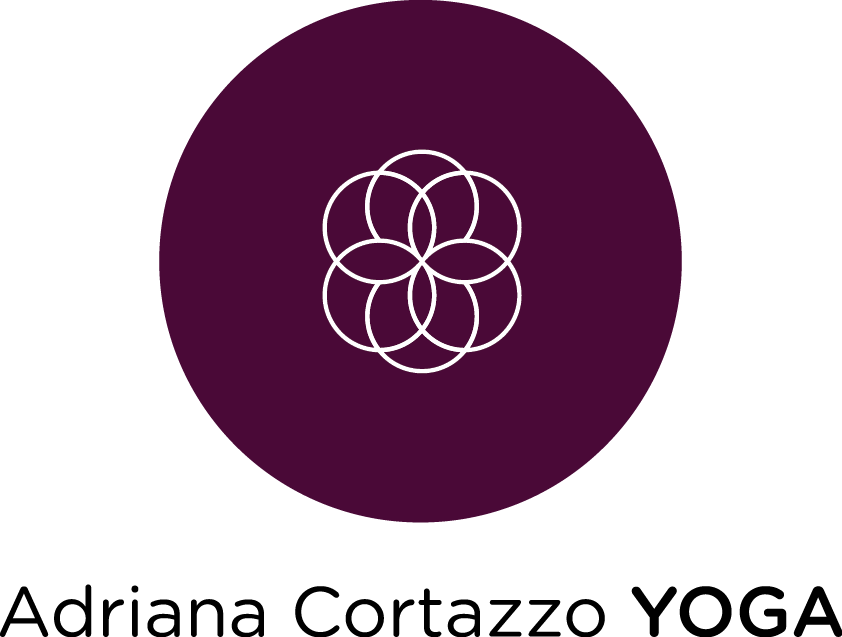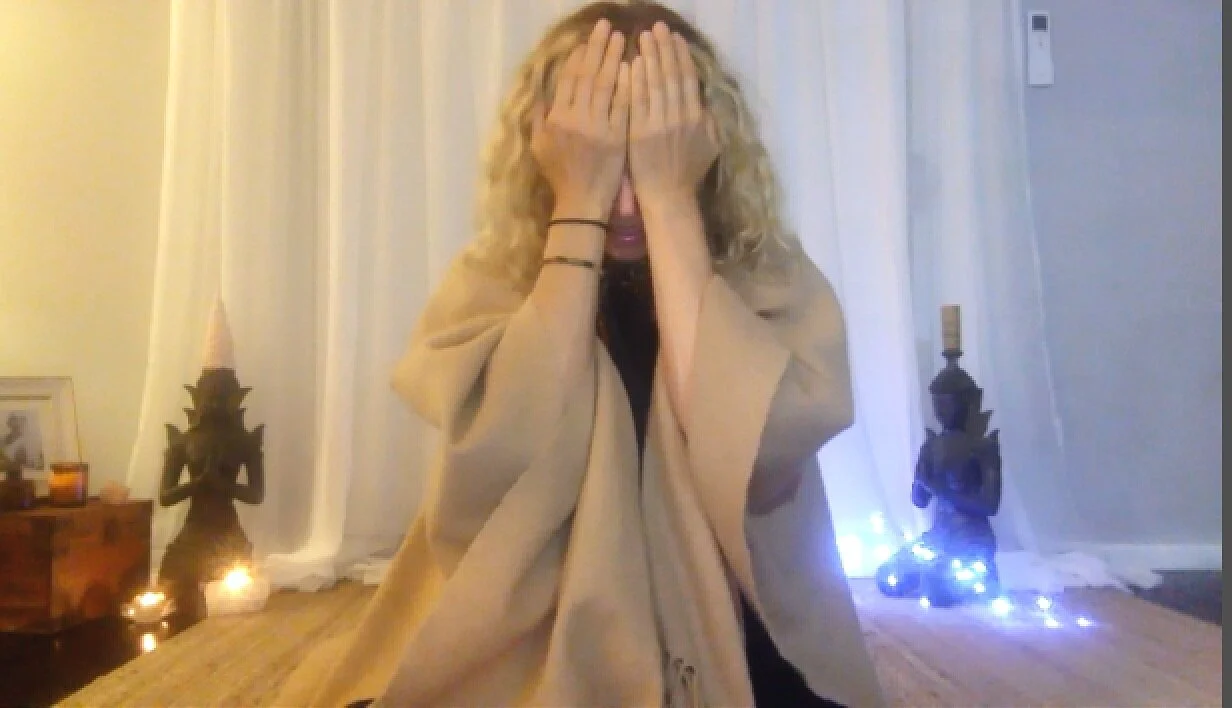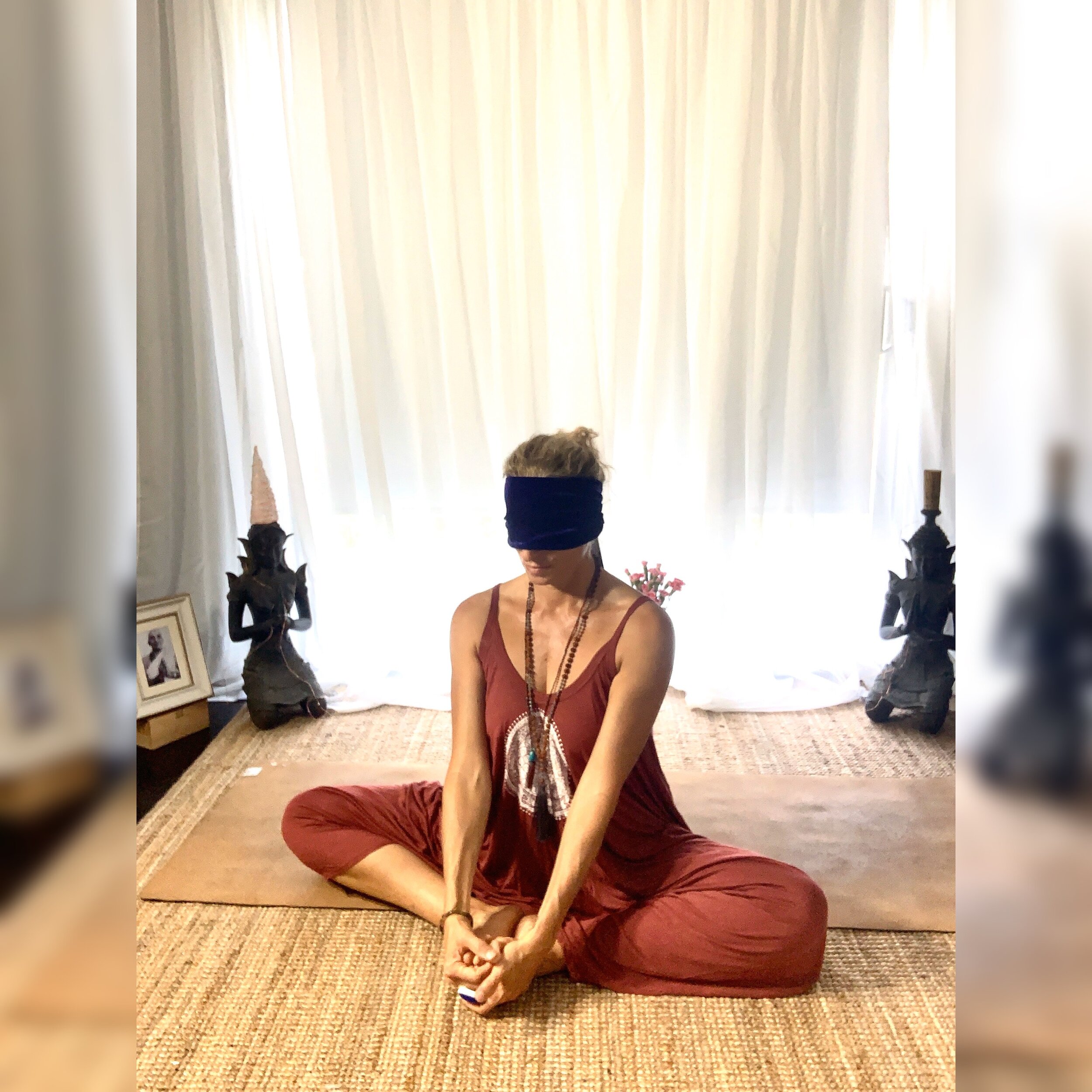Conversations with a yogi…
Sleep is the best
How amazing do you feel when you wake up after a really solid and peaceful sleep? Most of us are keen to know how to sleep better. And for good reason – your body needs sleep, just as it needs air and food to function at its best.
The World Health Organisation (WHO) says that we are experiencing a ‘global epidemic of sleeplessness’ with roughly two-thirds of adults sleeping less than eight hours a night. And that was before the pandemic hit. There are lots of reasons why people don’t sleep enough, ranging from sleep disorders to over worked and exhausted minds. All reasons are valid and something to talk about. However, right now I’m more interested in getting us back to sleeping soundly.
Going by the WHO stats, it’s likely you’ve had sleeplessness happen to you. It’s definitely happened to me. The ripple effect of sleeplessness can go on for days while long-term effects can have some serious affect on your immune function that can lead to illness. While it’s incredibly inconvenient to suddenly find yourself awake in the middle of the night, it can also be a brilliant time to practice yoga. Yes, Yoga! Even as a newbie to yoga, taking on a few simple techniques can help to soothe your nervous system, calm your mind and lull you back to sleep.
While we sleep
During sleep, your body heals itself and restores its chemical balance. Your brain forges new connections and helps memory retention. Without enough sleep, your brain and body systems won’t function normally. It can also dramatically lower your quality of life. An aspect to improving sleep is to address your nervous system. Think of your nervous system like an electrical circuit. Electrical circuits need a battery, which in this metaphor is your brain. The spinal cord houses the wires that feed the battery and alligator clips serve as your nerves.
The current that powers the whole system in yoga is called Prana. This is a Sanskrit word that means ‘breath of life’. Yes it’s breath, but it’s also that which fuels your breath. The quickest and simplest way to have a direct influence on calming our mind and soothing your nervous system is via mobilizing the spinal cord and changing your breathing pattern.
“Breath and mind are like two tandem fish swimming in the ocean of consciousness.
Where one goes, the other will follow.”
Richard freeman
All these techniques can be done before sleep, during sleeplessness, upon waking and even during the daytime.
Let’s start with the breath
Yoga techniques to get you back to sleep
1. Open to breathing
1. Close your eyes and place your hands on your belly.
2. Take longer than usual breathes, feel the breath rise and fall through your hands.
3. As you breathe out soften your chest and ribs and allow your spine to sink into the bed.
4. Inhale slowly and gently and let each new inhale open up a little deeper within you.
5. Keep it flowing through your nostrils so that it’s easier to stream longer intakes of air.
6. The aim here is to breathe less and slower.
7. Let your attention rest at your nostrils.
8. Feel into the coolness of the air entering and mindful of the warmer air slowly streaming out.
9. Soften the skin on your face, relax your jaw, soften your shoulders.
10. As you inhale gently repeat to yourself ‘relax’ and as you exhale repeat ‘let go’. Let your breath move from the belly upward to your chest and with each exhale let your chest deflate first, then your belly. With each new breath let go of the instructions, let go of the forced action of it. Feel yourself getting softer and softer. Float. Drift. Sleep!
My tip: practice this a few times while you’re reading this so that you can store in the cellular tool box for that time when you need it.
“Inhale and god approaches you.
Hold the inhalation and god remains in you.
Exhale and you approach god.
Hold the exhalation and surrender to god.”
krishnamarcharya
2. Rolling in the Deep
Don’t be nervous to get out of bed in the middle of the night. Please keep the light off. Stand next to your bed to do these delicious body rolls. Start by breathing slowly…
1. Open your arms wide with an inhale.
2. Tip your chin into chest, roll your shoulders forward like you are hanging your head.
3. Tip your head into your chest, your arms hang on either side of you and begin to fold forward. Your breath is slow and smooth.
3. Begin to lower your body forward without engaging your head or arms, flowing gently with your breath.
4. Let your head and arms simply hang in their natural way.
5. Roll downward until your fingers touch the floor with bent knees.
6. Take at least 10 breaths to get down. In other words, try not to rush it. The slower the better.
7. This will completely relax all your muscles and release the nerves in your spine.
8. Now begin to make your way back up in exactly the same way that you came down… very slowly and keeping your head and arms hanging forward.
9. When you get back up to standing, lift your head, roll your shoulders back and take in a few deeper than usual breaths.
10. Stand tall, with both your feet anchored to the earth. Have a tiny bend in your legs so that your knees are not locked. Keep buoyant with your body and soft with your muscles as you begin to roll forward again.
11. Do this three times or more and then get back into bed. At this point you might just close your eyes and fall asleep or you could do Technique One again.
My tip: Go it super slow. This will give your spine some space to open up and let go of tension.
3. Humble Tuck
1. While lying in bed tuck your knees to your chest and hold the position while you take 10 conscious breaths.
2. If you can’t get your hands to wrap around your shins, then hold your legs from your thighs under your knees.
3. Then release and try technique one again.
My tip: If your neck is stiff and you have a headache try lifting your head to your knees even just for a couple of breaths. Again, this will give your body time to release tension and by holding it will help distribute fresh oxygenated blood once you release it, releasing with it The feel good hormones include oxytocin, dopamine, and serotonin.
4. Heart Opener
1. Move your pillow and place it under your chest to elevate your chest higher than your head.
2. Work with Technique One and when you feel tired slowly remove the pillow.
My tip: position the pillow just under the breast bone so that you can release the trapezius muscles from the neck. It’s these babies that rarely get to switch off and create so much head tension.
The process of breathing lies at the centre of every action and reaction you make or have. By returning to it, we go to the core of the stress response. Breathing is not an intellectual process, nor multi-lingual, racist, gender specific or following any particular creed. It is free to every living being! The automatic breath allows us to survive, but not necessarily thrive.
All these techniques can be done anytime you need to calm down or just feel more at ease. Focusing on the quality of your breathing is a way of directing the mind away from the over thinking to just being present to the ebb and flow of the action. Moving your spine is key to completely relaxing the body from tension.
These techniques have saved me every time.
If you have any spinal injury or bulging discs or even high or low blood pressure consult with a medical practitioner before engaging in any physical activities.






